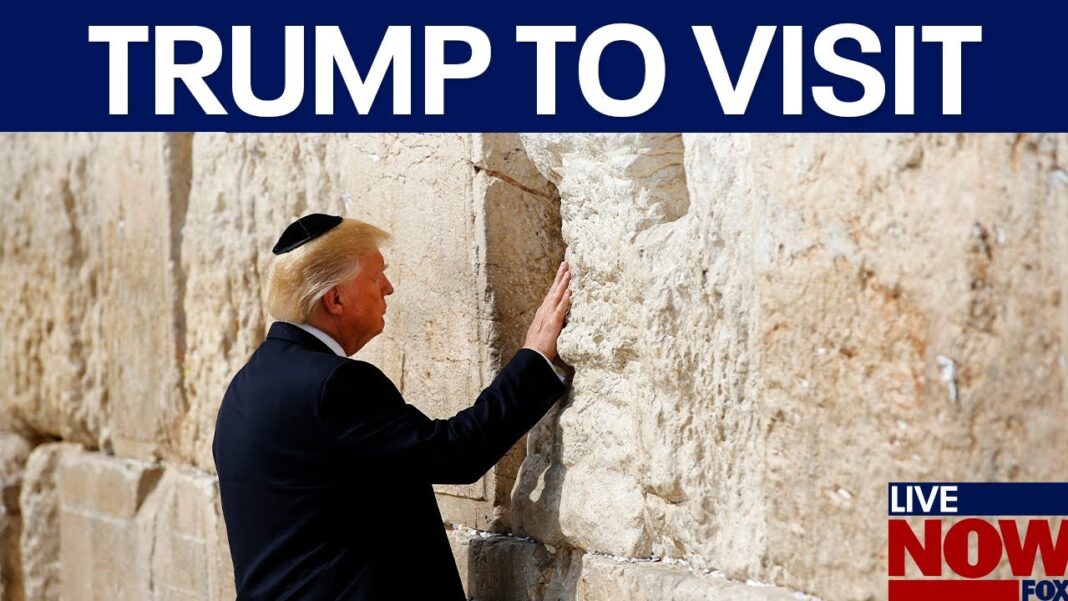The suggestion of a expression of Islam which emerges from western culture is one that comes from a place of love. Even know I accept most Muslim live peacefully in our societies in the western world, usually by confining their faith to the private space of the home and the mosque. It seems only fair as every other nation Islam, and any world religion emerges in, has a expression of faith which reflect that culture. The same should apply to Muslim in the western world. It would by happenstance help bring greater religious harmony to many society’s.
Religion consistently takes different forms within varied cultural contexts. A notable example is that Roman Catholicism in Italy differs from that in Mexico. This is evident when considering Día de los Muertos, a celebration with deep Catholic roots, even if folk elements are sometimes present. The observance focuses on prayer for the dead, with pictures of loved ones and lit candles expressing hope in the resurrection.
Italian Catholics also believe in praying for the departed but typically express it differently, often through quiet prayer in churches throughout Italy. This type of cultural adaptation is not unique to Christianity; it’s also seen in Islam, which is the focus here. Islam shows cultural adaptation in various parts of the world, demonstrated by the different ways Muslim women practice veiling in Saudi Arabia and Turkey.
For instance, an Arab Muslim may interpret the Quran’s command for a woman to be modest about her beauty as a requirement to cover her body with a niqab. In contrast, a woman in Turkey may find it acceptable to wear a simple head covering called the Hijab. Furthermore, Islamic belief regarding alcohol is not as absolute as some perceive. Some Muslim scholars argue that Muslims are banned from alcohol altogether, while a minority holds that the Quranic passage specifically forbids getting drunk, and that the responsible use of alcohol is permissible.
This interpretive nuance has led to cultural differences in the Islamic world, where alcohol is legal in Egypt but prohibited in Iran. This illustrates Islam’s adaptability; like any world religion, it has had to shape itself to fit different cultural backgrounds, allowing people to hold the same core beliefs with different cultural expressions.
If we compare the Cham Bani Muslim of Vietnam to the standard Shia and Sunni Muslim of the Middle East. We would see great difference in prayer where rather than prostration in the style of Arab’s. The means of doing prayer take some stylistic examples from Buddhist neighbour meditation. Who despite having very different belief they get along with massively well. They still pray to the same God Allah but in a unique Vietnamese way. This show how the same belief take a different cultural flavour through out the world.
Ironically, this degree of adaptation hasn’t been widely embraced in the Western world, which is surprising, especially given how Islam adapted when moving from the Middle East into Asia and Africa. Charlie Kirk highlighted this, noting that Islam in America and Europe did not make the usual cultural concessions it made elsewhere.
While this lack of broad, overt cultural integration is puzzling, it’s possible to draft a version of Islam that maintains the truth of the Quran while allowing Muslims to feel integrated into Western culture. This isn’t as radical as some might think. Through very few suggestions that align with established Islamic juridical rulings in both Shia and Sunni Islam, it is entirely possible to create a Western Islam that is authentically Muslim and Western.
Suggested Steps for a Western Islam
1. Adjusting the Islamic Calendar
This integration could begin with adding a couple of new holidays to the Islamic calendar. Although they appear Christian on the surface, they may be worthy of celebration within a Quranic context. Since the Quran recognizes Jesus Christ as a prophet and the judge at the end times, it would be consistent for Muslims, based on the Quran, to celebrate a minor holiday on the birth of Jesus Christ on December 25th. This could be called Eid Milad Yasue in Arabic.
Additionally, Muslims could celebrate the Ascension to Heaven (or in Arabic, Yawm al−Suud). This would celebrate the Muslim belief that Jesus (Yeshua) did not die on the cross but ascended to heaven near the time of Easter.
The other major Islamic holidays should remain the same.
2. Modifying Eid al-Adha Practice
An adjustment could be suggested for Eid al-Adha, which involves the ritual of Qurbani or Udhiyah—the sacrifice of an animal (often a goat) in memory of Prophet Abraham’s willingness to sacrifice his son for God.
Instead of individual households performing this, it is suggested that a specialist butcher, in accordance with Muslim law, should perform the act, and the meat is then eaten on the sacred holiday. This professionalization would ensure the sacred act is done correctly, in accordance with religious law, while removing the natural backlash against household animal sacrifice often seen in the Western world.
This methodology should also be used to provide hala meat for Muslim in the western world. There can be some consideration to see if the practice of slaughter could be improved upon where the technique proscribed doesn’t change but can be enhanced by technology for more humane results.
3. women issues
For women’s veiling, the Hijab holds value for many. However, a need exists, just as it has in every country Islam has touched, to invent a distinct cultural garment for women’s modesty. A cold-weather variant is desperately required, providing a garment that protects modesty and offers defense against the rain and chill of Western climates.
Such a garment must emerge from the cultural setting it found in. Like how different Muslim through out the world have created different head covers and modesty protectors for themselves. Like the Hijab , Burka , niqab and etc. This may in western society out of sheer practicality involve a less clothing restricted practice. As no one clothing type can match the great seasonal change in western society. Not prominent in the Islamic desert heartland of the middle east.
On general women rights there many arguments for limited and expanded ones. That for scholars of Islam to decide. There a case in Aisha the wife of the prophet ( peace be upon him)who led a army in the battle of the camel after the prophet death for women having the same rights as men. That only one example of women holding similar status to men in Islam.
Wider issues of husband rights etc. Such as can a husband use corporate punishment on his wife. It says in the Hadith the eye withness account of the prophet life by his companion who knew him Sahah Muslim in verse 2328 as recorded by the prophet wife Aisha. That he never struck women or servants. So the western norm which define corporate punishment as off limits.
Even if corporate punishment is allowed in Quran. Noticeably not encouraged but permitted. It surely is best practice for Muslim to follow the practice of their prophet and so as a show of piety avoid corporate punishment of wives or partners.
4. Limiting Polygyny
Regarding the number of wives a person can have, Muslims in the West should heed the Quranic and Hadith interpretation from the current Grand Imam of Al-Azhar, Ahmed al-Tayeb. In 2019, he stated that a person should not have more than one wife unless they can be perfectly fair in love to all. In the Western world, the cultural expectation of love makes fairness among multiple wives virtually impossible. Therefore, to fully abide by Islamic law in the West, it could be suggested that Muslims should only have one wife.
On wider women right there has to be a wider conversation. As there strong cases for and against them in Islam. That for Islamic scholar to work out. There a good case based on Aisha the wife of the prophet and other notable examples to see women as equal in Islam.
5. Re-examining Alcohol Consumption
Muslims should feel comfortable abstaining from alcohol. However, scholars of Islam in the West should still examine whether the Quran forbids alcohol consumption entirely or merely intoxication/getting drunk.
6. Considering Interreligious Marriage
Beyond these points, the marriage rules do not necessarily need to change. However, some consideration could be given to allowing Muslim women to marry non-Muslim men. This is based on the strong case made by Muslims in Africa who argue that in modern times, a woman can maintain her faith in a marriage to a partner of a different religion. The traditional concern that the wife’s submission to her husband meant giving up her religion may now be obsolete.
7. Emphasizing Tolerance and Harmony
To address the perennial question of how Muslims can work in harmony in the Western world, one could emphasize the teachings of Sufi saints like Rumi, Abd al-Karim al-Jili, Nizamuddin Auliya, and Ibn Arabi. All of these figures promoted respect for other religions and asked Muslims to show mutual respect to other faiths.
There is also the advice of the Quran itself in Al-Baqarah 256, which is simply paraphrased as “There is no compulsion in religion.” This principle means that people must choose religion for themselves and should not be forced to choose the right faith. The Prophet Muhammad’s letter to the monks of Mount Sinai, respecting their right to worship, serves as another powerful example.
While this does not negate the more harsh-sounding “sword verses” of the Quran, which express a certain view of those holding false beliefs. There is often-missed tolerant tradition in Islam in the rest of the Quran. This tradition offers a clear path for Islam to live happily in Western society.
It is perhaps unfortunate that a non-Muslim has had to make this initial attempt at offering a framework. To those who might deem this draft strange, patronizing, or colonial, consider this a nudge to encourage thoughtful engagement on the matter. Islamic scholars and laypeople are invited to critique this version and propose their own.
It should be acknowledged that this process has already begun in localized mosques, such as the Birmingham Central Mosque in the UK and in many American cities. This framework merely offers a clear, overarching mechanism to propose a pious version of Islam specifically intended for the Western world. Which exists to push actual Muslim to design their own framework in seeing some merit in this one or out right rejection of it.
Ultimately, as demonstrated here, a person can be a good Muslim and be compatible with Western society while upholding Islamic law through legitimate juridical interpretations made by respected Islamic authorities.







